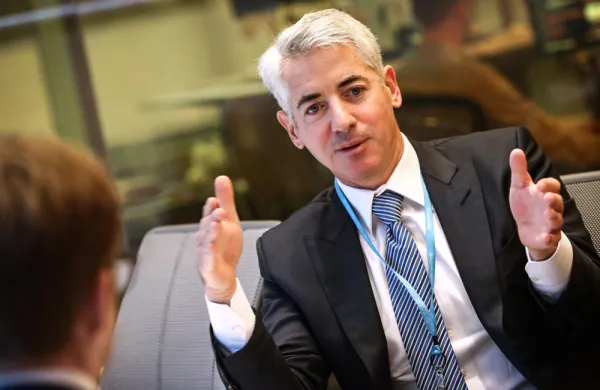Ivy league endowments, including Yale University’s, are taking a lot more risk than their publicly reported numbers suggest, according to an independent study from research firm Markov Processes International.
MPI found that Yale and the other Ivy endowments displayed some skill at finding the best asset managers and they did outperform popular benchmarks.
Still, “we find that Yale’s superior performance as compared to other Ivies and a 60/40 proxy could be explained primarily by its much higher estimated risk,” wrote the authors of an MPI paper expected to be released later this week,
MPI has evaluated endowment returns using its patented process, called “Dynamic Style Analysis,” which was designed to model the behavior of otherwise secretive investments such as hedge funds or university portfolios. The annual results of Yale and the Ivy League colleges and universities, which have huge commitments to private investments, are closely watched by the industry. In addition to Yale, MPI analyzed the returns of Brown, Columbia, Cornell, Dartmouth, Harvard, Princeton, and the University of Pennsylvania.
MPI finds that the Sharpe Ratio, a measure of returns relative to the risk taken, of all the endowments are very close to each other as well as to a 60/40 portfolio. “There doesn’t seem to be any advantage in having endowments invest in private asset classes,” the authors wrote.
MPI’s research coincides with last week’s publication of Yale’s 2017 annual report.
[II Deep Dive: We Crush Stock Indexes, Yale Claims]
In the report, the university’s investment committee lauds its own and other endowments’ performance compared to investing in index funds that mimic popular benchmarks. Yale rebutted Warren Buffett’s 2016 letter to Berkshire Hathaway shareholders, in which the legendary investor said endowments would be better off ditching the endowment model and opting for a simple — and cheaper — indexed portfolio.
According to Yale’s annual report, the “superior results of Yale and a number of peers strongly suggest that active management can be a powerful tool for institutions that commit the resources to achieve superior, risk-adjusted investment results.”
MPI says Yale never discusses risk when reporting historical performance or when it compares performance to benchmarks.
Once risk is factored into the analysis, MPI estimates that the Yale endowment’s performance is the same as a leveraged portfolio of 60 percent stocks and 40 percent bonds after fees and underperforms a risk-parity portfolio.
The endowment model or Yale model, pioneered by chief investment officer David Swensen, has become a template for investment portfolios at all kinds of institutions, including some pensions funds, family offices, and nonprofits.
MPI’s work was prompted by the ongoing debate about its merits. At the heart of the conflict is whether constructing bespoke portfolios using highly paid asset managers to search for esoteric investment opportunities is worth institutions’ time and money; or whether a simple portfolio can yield just as good, if not better, results.
Elite endowments are hard to analyze. Organizations often don’t disclose specific asset-class breakdowns, and they have large holdings of private investments that are hard to value. Instead, the endowments tend to break out portfolios into more general categories such as absolute return and real assets. In addition, they report information only once a year on a fiscal year basis.







